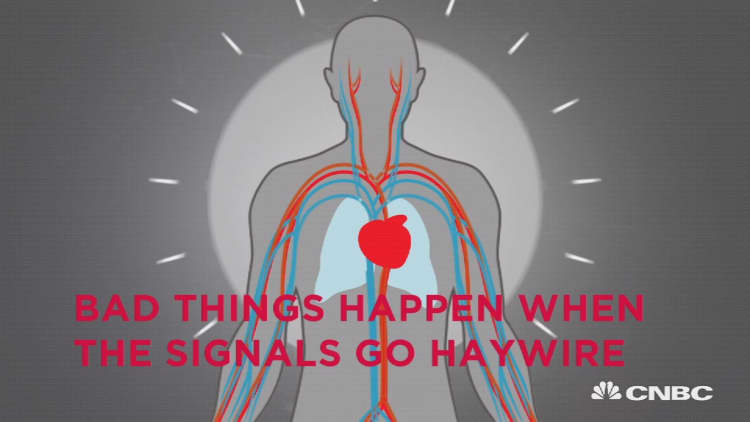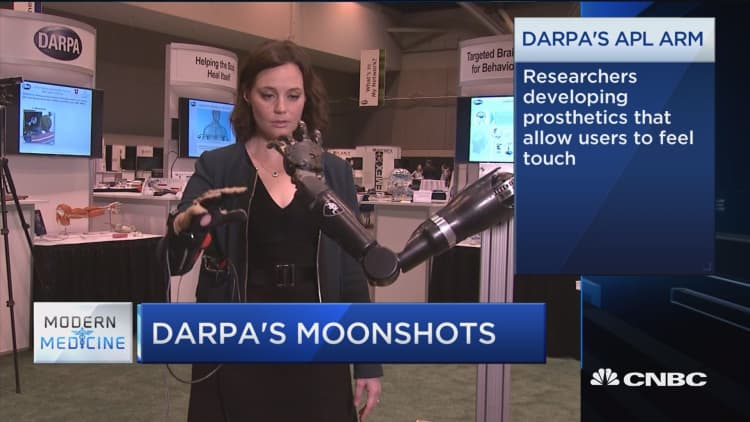


New medicines are increasingly targeting the genetic drivers of disease. But what if medicine could go a step further and actually correct the genetic defect itself?
That's what researchers aim to do with Crisp, a new technology that enables gene editing in a simpler way than ever before.
"It allows precision changes to be made to DNA at the level of a single letter in the DNA code of a human cell, for example," explained Jennifer Doudna, a professor at the University of California, Berkeley, and a pioneer of the technology. "And it's simple enough to use that scientists all over the world have been able to get access to this technology and start testing it."
The name Crispr (CRISPR) stands for Clustered Regularly Interspaced Short Palindromic Repeats. It sounds complicated, but, as Doudna points out, it's actually the technology's simplicity that's got the scientific community so excited.
Think of it like a search-and-rescue mission for DNA. Crispr uses guide RNA as a homing device; it's designed in a lab to match up with a section of DNA designated for editing. In therapeutic uses, this could be a genetic abnormality that causes disease.
That guide molecule is joined with an enzyme known as Cas9 (CRISPR's fuller name is actually CRISPR-Cas9). The enzyme acts like scissors, making a cut in the DNA where the RNA guided. By adding DNA with the correct sequence, scientists hope to be able to correct the underlying genetic defects that cause disease.
"There's already a lot of active research going on using the Crispr technology to fix diseases like Duchenne muscular dystrophy or cystic fibrosis or Huntington's disease," Doudna said. "They're all diseases that have known genetic causes, and we now have the technology that can repair those mutations to provide, we hope, patients with a normal life."
Several companies have been formed to leverage the technology, including Editas Medicine, Intellia Therapeutics, Caribou Biosciences and the aptly named Crispr Therapeutics. Doudna is affiliated with both Intellia and Caribou.
Editas had an initial public offering in February, and the stock has nearly doubled since. Intellia went public in early May, and its stock has since gained 31 percent. Both companies have market values of more than $1 billion. Neither is yet in human testing.




